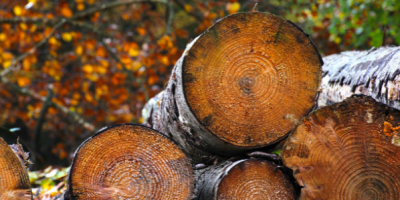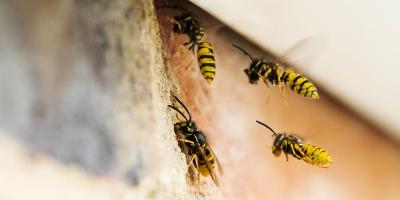Where'd All the Fireflies Go?

Remember when summer nights were illuminated by the amber hue of what seemed like a million fireflies? Unfortunately, if you’re under the age of about twenty, the answer may be no.
Although there are no hard statistics, many New Englanders report seeing fewer and fewer fireflies over the last couple of decades. The experts agree—firefly populations seem to be on the decline.
Follow the Light: Lifecycle of a Firefly
Although fireflies—also known as lightning bugs—live anywhere from four to twelve months, they only spend about three weeks of their lives as full-grown adults capable of producing light.
Whereas humans may put on their flashiest clothes when going out to look for a mate, fireflies literally flash—a chemical reaction in their abdomens that produces the blips of light that advertise their single status.
Although fireflies spend so little of their life earning their name and reputation as beacons of light, that alone doesn’t account for the noticeable drop in their numbers over the last few dozen years. Unfortunately, it’s our fault.
Trends and Theories Behind the Fade
Climate change, overdevelopment of wild habitat, and the nontoxic but still destructive form of environmental contamination known as light pollution are to blame.
Fireflies require a delicate balance of warm temperatures with just the right amount of humidity to thrive. Human-driven climate change is causing their habitats to warm up sooner in the spring, when the air is still muggy from that season’s more intense rainfall. This disruption of the typical weather cycle can cause fireflies to begin their mating season too early—or delay it indefinitely—which affects their numbers.
Most firefly species hatch their larvae in rotting wood and forest litter near ponds and streams. As humans build more neighborhoods, strip malls and big box stores, we wipe out these natural habitats, which annihilates the firefly population in those regions.
But perhaps the worst offender in reducing the number of fireflies we see in the summer is something we all take for granted—artificial light.
For most of human history, light only came from two sources: the sun, and fire. Although even the ancient Greeks and Romans had oil-fueled street lamps, it wasn’t until the advent of electricity in the nineteenth century that ubiquitous, round-the-clock lighting became practical.
Fireflies are, as you might imagine, quite sensitive to light (the survival of their species literally depends on it). They know it has to be as dark as possible for their light signals to reach each other. That’s why during a full moon you won’t see nearly as many fireflies in an open field as you might beneath a forest canopy.
Bright light doesn’t just reduce the likelihood of spotting fireflies;parking lots, night games at sporting complexes, and even the motion detector aimed at your backyard all inhibit their ability to reproduce, which decreases their population as a whole.
Befriend the Fireflies
The first step to bringing fireflies back to your yard and neighborhood is to reduce your use of artificial light, especially immediately after dusk when fireflies are most active. Keep porch lights off, and reposition motion detectors so that they’re not constantly triggered. Also, you can prevent indoor light from leaking outdoors by keeping curtains and blinds closed after dark.
Letting your grass get a little shaggy and installing a water feature are other steps you can take to encourage firefly breeding and reproduction on your property. Although, be forewarned, these measures may also increase the numbers of less desirable insects, such as mosquitoes and ticks.
Want to learn more about other winged creatures in your yard? Check out our pest library for facts and photos.



